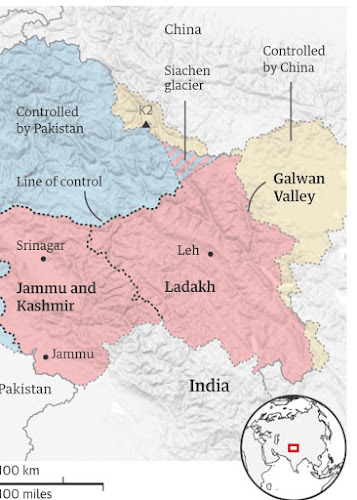Vaccine: How much vaccine is helpful; Time required to develop a vaccine
The rate at which the novel-coronavirus is spreading among countries from people to people, the invention of its vaccine is primacy. Although there has been a lot of clamour among scientists and the Health organisations to find a cure of the NCovid-19 disease.
Many organisations and countries came together to support each other because it is not easy to make a vaccine. WHO (World Health Organisation) also urged countries to take safety precautions and stand for each other, countries should work together to find a cure.
What is a Vaccine?
A vaccine is artificial. A Vaccine contains the microorganism(bacteria or virus) the same as that of the disease but the microorganisms in a vaccine are dead or inactive.
A vaccine stimulates the immune system to produce antibodies against the microorganism.
The microorganisms in a vaccine are very weak, they are not able to make you sick.
The microorganisms that are used in the making of a vaccine are different for different types of the vaccines also the state(living, inactive, death) of microorganisms in which they used in the vaccine are different for different vaccines. Therefore, different types of vaccines can be made and everyone has their pros and cons.
Impact of vaccination on world health ( How much vaccine is Effective?)
A vaccine is considered to be the most effective and robust for global health. Vaccination has made an enormous contribution to global health. There have been many diseases which were lingering like Polio, measles, smallpox etc. but now most of them have been eradicated.
EXPANDED PROGRAM ON IMMUNIZATION: WHO established the program with the goal of providing vaccine to all children. EPI focuses to boost immunization of children under one year of age in every city. It aims to reduce child mortality by providing vaccination of some prevalent diseases for children like polio, measles etc.
Due to EPI program, measles deaths reduced to 60%, many countries have eradicated many perilous diseases like Tuberculosis, Polio etc.
Thus vaccine contributed a lot to improve global health. And a vaccine is a panacea for diseases.
TIME REQUIRED TO MAKE A VACCINE
To prepare a vaccine average time is 10 years. The red tape procedure of making a vaccine is expensive and requires a lot of strategy and hardwork.
According to CDC making of a vaccine includes SIX phases:
- STAGE I (EXPLORATORY) : In this stage, scientists study that how to make adequate vaccine for preliminary tests.
- STAGE 2 (PRE CLINICAL) STAGE
- STAGE 3 (CLINICAL DEVELOPMENT): Clinical development includes three phases. In phase one, a group of five to ten people is selected and vaccine is given to test the results. During phase 2, more number of people (around hundreds) are chosen to test the vaccine, the people are chosen based upon the health conditions and are taken care. During phase 3, thousands of people are selected to test the vaccine, this takes much more time. The vaccine are to be tested for safety and efficacy.
- STAGE 4 ( REGULAR REVIEW AND APPROVAL)
- STAGE 5 (MANUFACTURING)
- STAGE 6 (QUALITY CONTROL)
- Well known disease EBOLA, its first case was diagnosed in 1976 but still the vaccine is not developed.
- But the disease has been under control since 2016. Also many countries had approved some vaccines that can be used for Ebola.
- Vaccine for HIV or AIDS is still not developed, there is no approved or licensed vaccine for the HIV.
- More than 100 years had been spent to find the vaccine for Measles, it discovered in 1963.
- It took more than 40 years in developing a vaccine for Polio.



Comments
Post a Comment